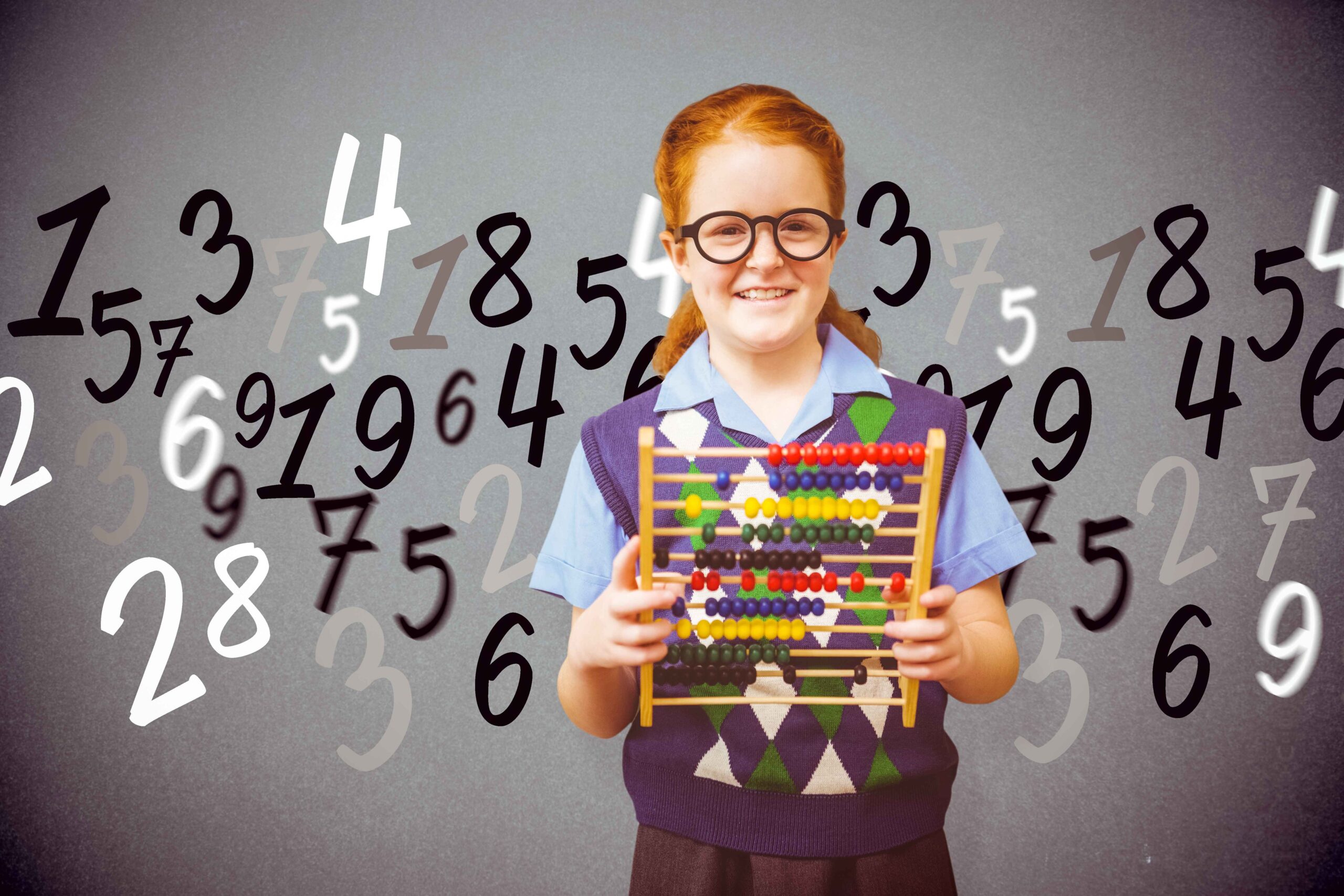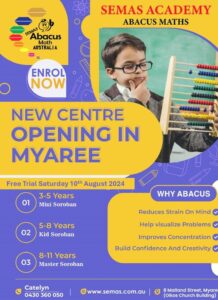How to practice abacus education?

Practicing abacus education is a substantially effective way of enhancing mathematical skills, boosting cognitive abilities and enhancing concentration, especially among young learners. The abacus is an ancient counting tool and is presently widely used for teaching arithmetic via tactile and visual means. The following discussion offers you an understanding of how you can readily help your child or how your child can practice the abacus.
Understanding the abacus
Before diving into how to practice the abacus, it is imperative to understand its basic functioning and structure. It usually consists of a wooden frame with beads. The beads are arranged on the road. Each row represents a place value, which includes units hundreds, tens, and the lie. The beads are used for calculations.
Begin with the abacus
The following are the basic parts of the abacus.
The structure of the abacus: It is necessary to learn about the basic structure of the abacus and its parts. It includes the frames, rods, beads, and the horizontal beam, known as the reckoning bar. The beans above the bar represent a value of five. The ones below represent the value of one.
Mastering the basic numbers: Start by learning the representation of numbers on the abacus. Practice by moving the beads to represent the numbers 1 to 9. Then, move on to a more complicated number, guaranteeing that each digit is accurately placed on the appropriate rod.
Easy addition and subtraction
After you feel at ease with portraying numbers, begin working on essential addition and subtraction:
Addition: To start with basic addition, move the beads to symbolise the initial number. Next, move the matching beads along the same rod to add the second number.
You will need to go on to the next rod and teach the idea of place value if the total is more significant than nine.
Subtraction: Similarly, move the beads away from the reckoning bar to indicate the initial number on the abacus and then subtract.
You must borrow from the next rod if subtraction leaves a negative value on that rod.
Advanced level calculations
You can go to multiplication and division when you have mastered addition and subtraction:
Expansion: On an abacus maths, multiplication entails adding a number more than once. To multiply three by 4, for example, write the number 3 on the abacus four times. More sophisticated methods, such as the Japanese multiplication method (cross-referencing beads on separate rods), can be employed with practice.
Division: In essence, division is just subtraction done again. Start with a representation of the dividend and subtract the divisor until you get to zero. The quotient is determined by the number of subtractions made. It is essential to understand remainders and use the abacus to handle them.
Mental abacus
Start transferring your physical abacus skills to mental abacus training as soon as possible:
Visualisation: Begin by mentally picturing the abacus and practice moving the beads. Start with basic computations and work your way up to more intricate ones. Visualization enhances concentration, memory, and mental math abilities.
Mental Calculation: When calculating with a mental abacus, one visualizes the device and does math without it. This exercise improves speed and sharpens cognitive skills. You can quickly and accurately execute complex computations mentally with regular practice. It helps the child in the future by enhancing their ability to perform mental math, fostering strong problem-solving skills, and boosting cognitive development.
Regular practice and consistency
For the purpose of simultaneously developing both abilities, combine mental and physical abacus activities.
Practice with Real-Life Examples: Use your abacus education knowledge to split bills, calculate grocery costs, and even solve problems when you’re out shopping.
Learning is reinforced, and the usefulness of abacus skills is demonstrated through real-world application.
Set Challenges: Create time-based tasks to increase your speed. Try seeing how many addition or subtraction problems you can do in a minute, for example.
Practice can be made more fulfilling and engaging by establishing personal bests or competing with others.
Final words
Are you prepared to improve your mental acuity and proficiency in Abacus Perth? Begin your journey towards an abacus education now! The abacus is an effective and entertaining method of learning, and we assist your children in developing cognitive skills and improving their math skills. Spend just a short while practising each day, and you’ll notice a vast improvement in your accuracy and speed of calculating. Don’t hesitate—start the journey to making your children an abacus expert and realise your full potential with our professionals! Reach out to us today!






